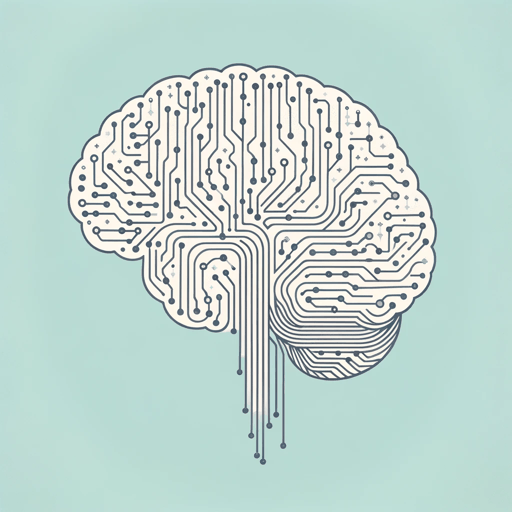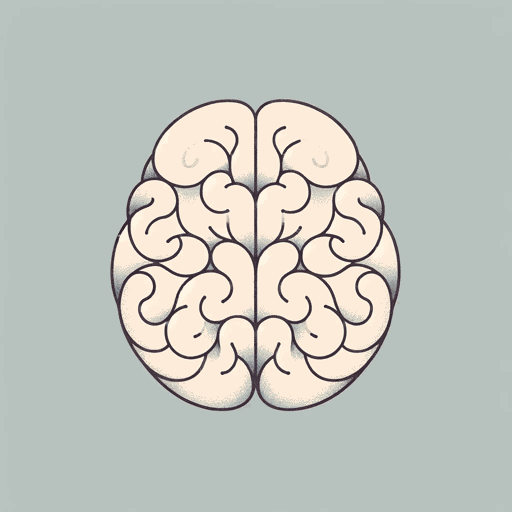60 pages • 2 hours read
Steven PinkerHow The Mind Works
Nonfiction | Book | Adult | Published in 1997A modern alternative to SparkNotes and CliffsNotes, SuperSummary offers high-quality Study Guides with detailed chapter summaries and analysis of major themes, characters, and more.
Chapter 4Chapter Summaries & Analyses
Chapter 4 Summary: “The Mind’s Eye”
The eye has repeatedly come up in the book as an example of natural selection and what it can accomplish. This chapter delves into how the eye works. Pinker explains its abilities by discussing illusions. We take advantage of optical illusions all the time, and how they work has been a fruitful way to study vision. Illusions take advantage of the fact that human vision is an “ill-posed problem.” As discussed in Chapter 1, such problems (also called inverse problems) have a known outcome (there is something we are seeing) and some known inputs (light activating rods and cones in our retina), but we must solve how to go from the inputs to the outcome. To do so requires some assumptions about the environment and knowledge of typical situations to determine what we are most likely seeing. Some of the assumptions are that surfaces have even markings or patterns, that objects are parallel and right-angled to the ground, and that objects have regular silhouettes. Whenever these assumptions are supposedly violated, we assume it is a matter of perspective and not that the object violates the assumptions. Because it is not a perfect representation of what we are seeing, vision can be exploited to create optical illusions.
Related Titles
By Steven Pinker






